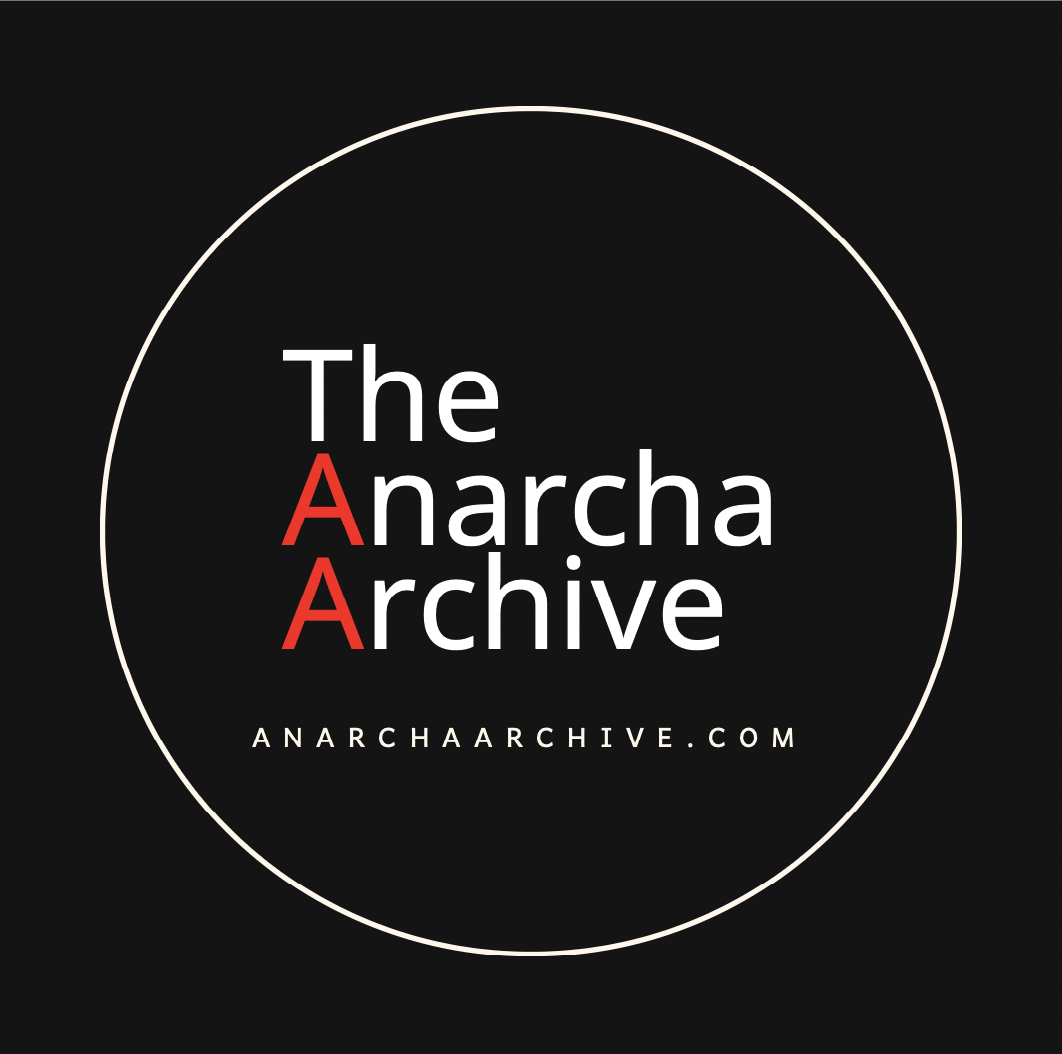“…Thomas Prioleau was fond…”
“Sims had little interest…”
“What could Auzoux’s papier-mache…”
“They were all slaves…”
“…most of them decapitated…”
“Charleston had long been…”
“There was no school…”
“After two decades…”
“…anatomical material.”
“…forgotten his matches.”
“…he recalled the story…”
“The rigging was precarious…”
“Mettle.”
“…Thomas Prioleau was fond…”
Prioleau’s lectures are described in the Annual Announcement of the Trustees and Faculty of the Medical College of the State of South Carolina for the Session ’40-’41, p. 12. The Annual Announcement is held at the Waring Historical Library in Charleston, South Carolina.
“Sims had little interest…”
This is inferred from the fact that Sims makes no mention in his autobiography of Prioleau or his class when describing his time in Charleston. Later in the autobiography, a particular lecture of Prioleau’s turns out to play a pivotal role in Sims’s career, and this episode is described later in the book. In addition, Sims had a well-known distaste for the medicine of women, and this too is described later in the book. Although Sims does say that he became more studious when he went to medical school, this appears for the most part to have been limited to extra work performed in the dead house. His later ignorance of women’s health—right when he needs it—suggests he didn’t take Prioleau’s class too seriously.
“What could Auzoux’s papeier-mache…”
See “…French doctor Louis Auzoux’s…,” above.
“They were all slaves…”
Annual Announcement of the Trustees and Faculty of the Medical College of the State of South Carolina for the Session ’40-’41, p. 4. The Annual Announcement is held at the Waring Historical Library in Charleston, South Carolina.
“…most of them decapitated…”
Although the museum had a Phrenological Collection, the Annual does not explicitly state that the heads of dissection subjects were removed to be added to the collection. I make this inference partly from the personal experience of having once visited a cadaver lab—the heads had all been removed. In addition, phrenology was being used in the nascent “science” of race, so it’s not hard to imagine that the heads of enslaved men and women would be used in this way.
Annual Announcement of the Trustees and Faculty of the Medical College of the State of South Carolina for the Session ’40-’41, p. 4. The Annual Announcement is held at the Waring Historical Library in Charleston, South Carolina.
“Charleston had long been…”
Medical College of the State of South Carolina. (1924). Centennial memorial of the Medical College of the State of South Carolina: 1824-1924. Charleston, S.C: publisher not identified, p. 11.
“There was no school…”
“Medical School in South Carolina II: Beginnings and Sponsorship,” Kenneth M. Lynch, Journal of the South Carolina Medical Association, Vol. 61, 1965, pp. 71-74.
In addition, Sims’s professors Frost, Prioleau, and Holbrook all attended the University of Pennsylvania medical school.
“After two decades…”
“Medical School in South Carolina III: Beginnings,” Kenneth M. Lynch, Journal of the South Carolina Medical Association, Vol. 61, 1965, pp. 144-47.
“…anatomical material.”
As late as 1841, the school was still advertising this to be the case. See “They were all slaves…,” above.
“…forgotten his matches.”
See “…the dead house…,” above.
“…he recalled the story…”
SIMS, J. Marion, (1885). The Story of my Life, ed. by H. Marion-Sims. D. Appleton & Co: New York, p. 128.
“The rigging was precarious…”
SIMS, J. Marion, (1885). The Story of my Life, ed. by H. Marion-Sims. D. Appleton & Co: New York, p. 128.
“Mettle.”
A pair of examples—there are many others.
SIMS, J. Marion, (1885). The Story of my Life, ed. by H. Marion-Sims. D. Appleton & Co: New York, p. 113.
“Dilatation or Division of the Cervix Uteri,” J. Marion Sims, The Lancet, April 22, 1865, p. 440.





